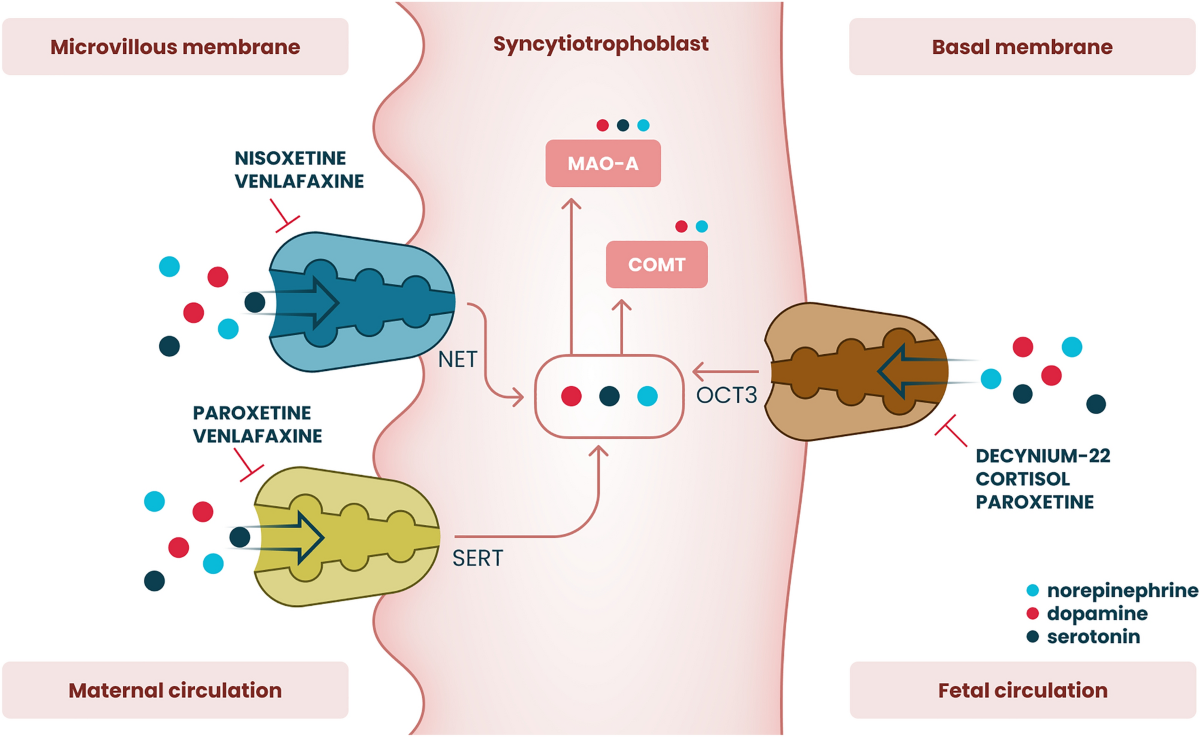Reference




OpenAI's Answer
Nisoxetine is known as a selective inhibitor of norepinephrine uptake. It competently competes at norepinephrine uptake sites, influencing their function. To be more specific, here are some insights based on current research findings:
-
Inhibition of Uptake: Nisoxetine is known to inhibit the uptake of norepinephrine by blocking the norepinephrine transporter (NET) sites. This action increases the concentration of norepinephrine in the synaptic cleft — essentially enhancing noradrenergic neurotransmission. Such an effect is utilized in exploring therapeutic avenues for conditions like depression and ADHD, where norepinephrine dysregulation is implicated (ScienceDirect Topics).
-
Radioligand Labeling: Tritiated nisoxetine ([3H]nisoxetine) is widely used as a radioligand for labeling and quantifying norepinephrine uptake sites in research settings. This has been effective both in examining receptor site densities and binding affinities in various conditions (PubMed).
-
Binding and Selectivity: Nisoxetine displays high selectivity for norepinephrine uptake sites, making it a useful tool in studying noradrenergic mechanisms without interfering significantly with other receptor sites (Wikipedia).
-
No Major Side Effects at Certain Doses: At doses that block norepinephrine uptake, nisoxetine has not been reported to produce substantial side effects, underscoring its potential clinical utility (Wikipedia).
Here are some images that detail the effects and binding properties of nisoxetine on norepinephrine transporters:


These comprehensions underline the role of nisoxetine as a valuable agent in probing norepinephrine-mediated neurobiological functions and in clinical research contexts.
Follow Up
Related
How do positive non-linear effects differ from negative non-linear effects?
How do nisoxetine and its sulfur analog thionisoxetine differ in their effects on food consumption?
What are the implications of a negative non-linear effect for enantioselectivity?
What effects do electromagnetic fields have on the immune system in women?